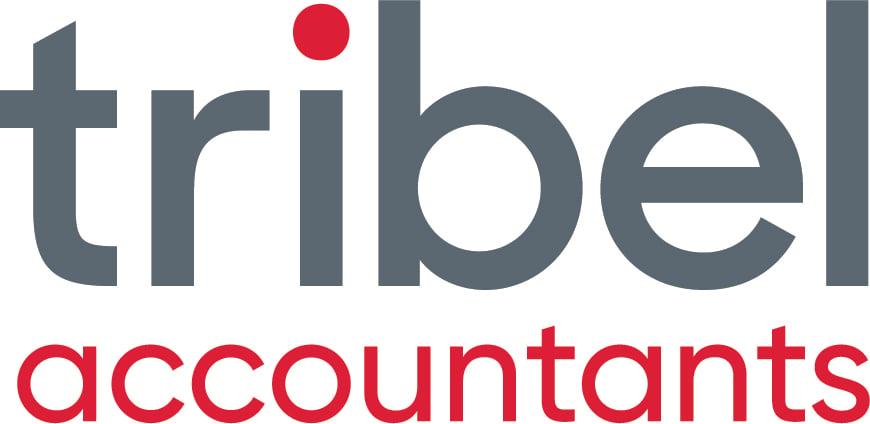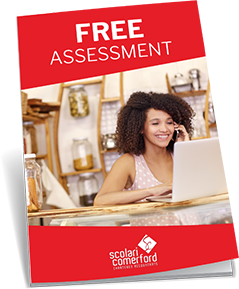INTRODUCTION:
Once you have decided to buy a business, which business structure should you decide to set up? Whilst this blog covers mainly income tax and capital gains tax considerations, be aware that you should always seek legal advice as well as you may want to take into account asset protection. Each structure can cover some or both of these desires but you need to consider your specific circumstances. This where you need to talk to your small business accountants Sydney and Dubbo.

Figure 1: Which structure will you use?
1. Sole Trader
This is the most simple and very inexpensive.
All net taxable income gets allocated to you, the sole trader 100% so there is almost no scope to split your income with somebody else on a lower tax bracket.
2. Partnership
This is almost similar to the sole trader but the profits are split in accordance with the partnership split. It is worth noting that a partnership does not have to be between individuals so you can have a combination of different structures who own partnership shares (e.g. two family trusts or companies or a trust and a company). The taxable income is worked out by your small business accountant Sydney and then distributed to the partners' respective tax returns.

Figure 2: A simple partnership can work for some people....
3. Trust
In this scenario, the taxable income is worked out of the business and then in a family trust situation the distribution of income is decided by the trustee (usually you or a trustee company you control). The big advantage of this is that you can minimise tax by distributing various amounts to those beneficiaries specified in the deed who have the lowest taxable incomes before the distribution. This allows you to pay less tax in some cases then when using other structures. Be aware that unless you have a testamentary trust (created as a result of deceased estate), you will not be able to distribute to children under 18 or if you do you will be subject to very high rates of tax.
4. Company
The taxable income of the company is taxed at 30% (unless you are small business entity which is 28.5%). This means that on the surface you can keep your tax to 30%. However, when as a shareholder you want to get your hands on the money, unless you borrow from the company and pay interest and payments in accordance with the ATO (Division 7A), you will be taxed on these amounts grossed up for any imputation credits attached to these dividends. This means you could end up paying a higher rate of tax effectively than the 30%. (Tax Tip - consider having your family trust hold the shares so you can spread the dividends to those that have lower taxable incomes).

Figure 3:.....but doesn't always work out for the best so that you can be fighting like cats and dogs.
CONCLUSION:
Hopefully you can see the various tax treatments of the different tax structures. Remember that running costs and asset protection issues could see you alter your stance amongst other preferences should you be deciding to sell into the future.
As always seek advice from your small business accountants and solicitors.


.png?width=100&height=100&name=COVID_Safe_Badge_Digital%20(002).png)




